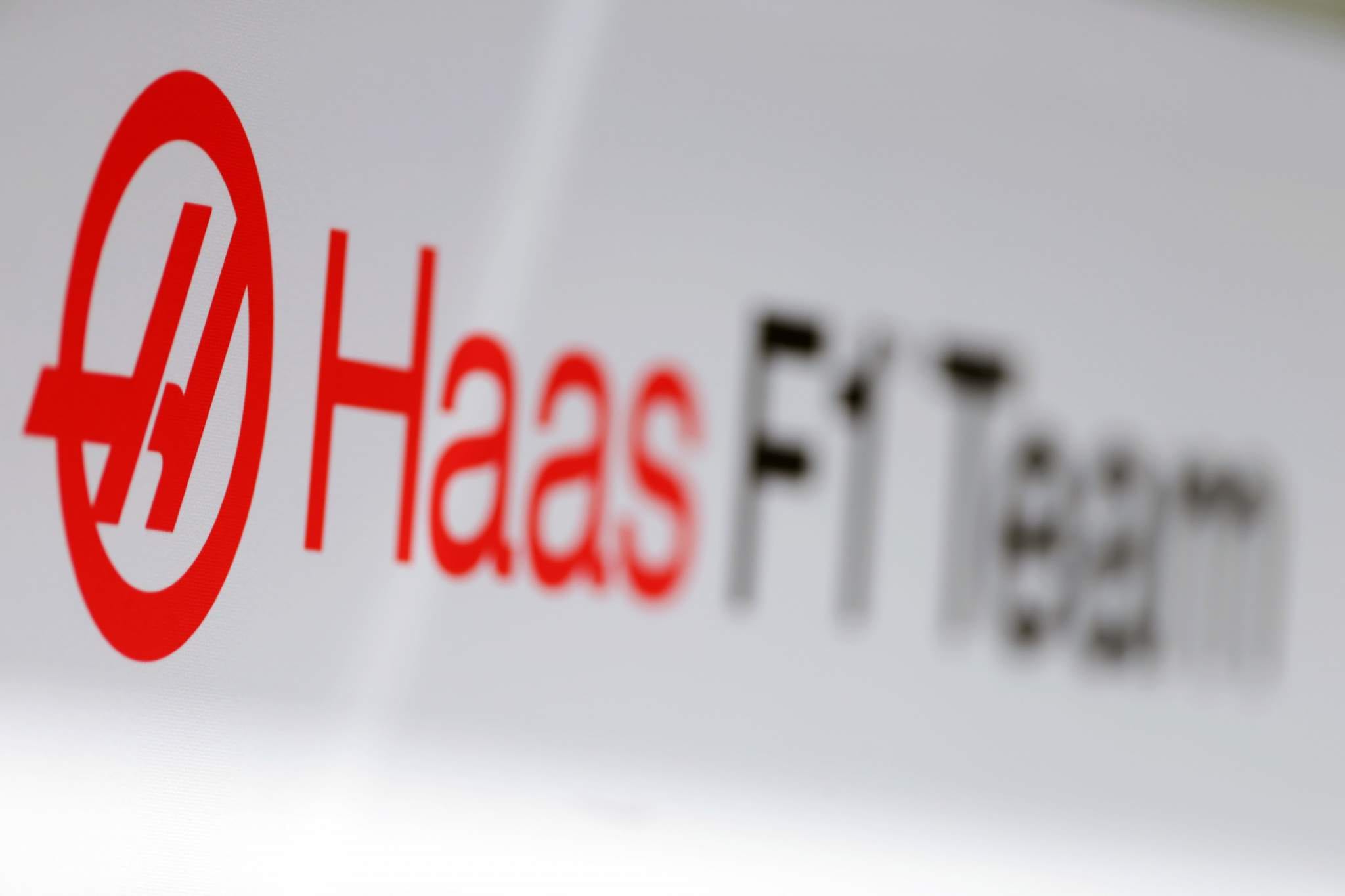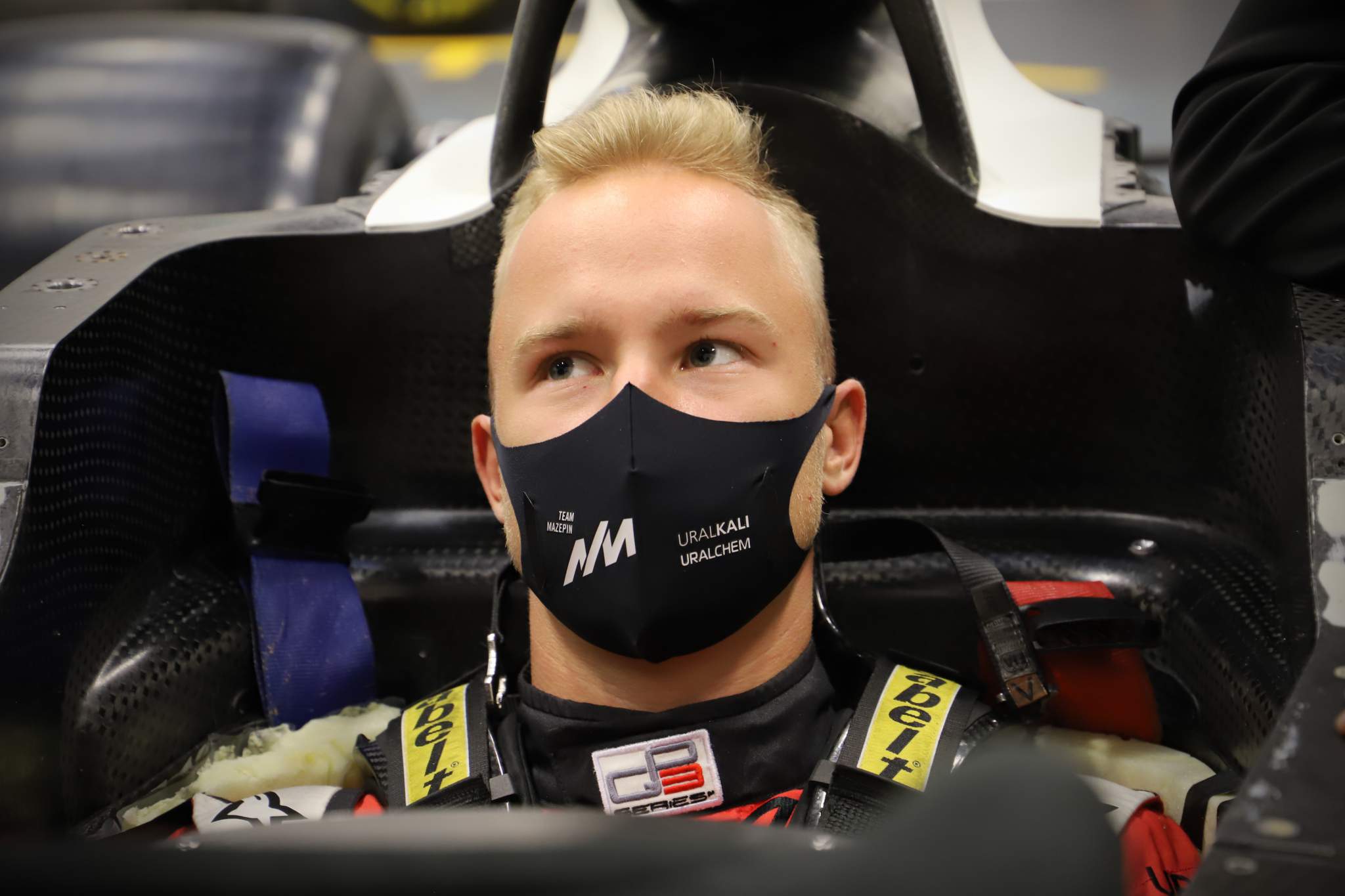Up Next

Nikita Mazepin’s first media session since he filmed himself grabbing a young woman’s breast and the video appeared on Instagram was dominated by questions about that subject until Haas intervened.
Mazepin and Haas have been almost silent on the matter since the footage emerged in early December and the F1 2021 rookie was admonished by his new team.
Haas would go on to state that the actions it took against Mazepin would remain confidential and angry fans have consistently criticised the driver since.
Speaking to the media on Thursday, after the launch of Haas’s new Russian flag-themed VF-21 livery because of Mazepin’s sponsor, Mazepin faced eight questions about what happened, including what he learned and what exactly he did wrong.
He began by stating: “I’m not happy that it happened. I’m not proud of it. I didn’t behave as I meant to behave being in Formula 1, and the transition phase.
“I’m realising what I have achieved has been very short and I didn’t adapt to it as quickly as I should have. But I’ve said I’ve taken responsibility for it. And I’m ready to keep doing it.”
What Mazepin has taken responsibility for is specifically his actions – groping a young woman and filming it. He states that he did not upload the video himself. That is consistent with her initial statement after the video emerged, when she claimed to have uploaded the video herself as a joke. She later posted negative remarks that appeared to be linked to what happened.
“There’s no confusion from my side, I take the responsibility for my actions,” said Mazepin when asked by The Race to clarify what he was taking responsibility for.
“I’m very firm in that. I’ve learned. And in regards to the video coming onto social media, I can say it wasn’t my hands that have put it there.”
Mazepin and Haas have both claimed that he has undertaken education of an undetermined variety in the wake of what happened and has learned what he did was wrong.
He said he was grateful for the team being “very helpful” in his efforts to “learn through this incident”.
“They’ve been very patient in taking the time and helping me learn this matter further,” he said.
“I think that in my education phase on the whole behaviour and incident I’m way further than I’ve ever been.”
There is a key difference between seeing the issue as doing something wrong and being seen doing something wrong
But neither Mazepin nor Haas will say what that entails. Not disclosing the form of this education, or its contents, casts doubt over whether it has happened and whether it targeted the right areas.
This is important because on Thursday there was something of a theme of Mazepin referring to his role in F1 before answering specific questions – suggesting it was in his standards as an F1 driver he had fallen short.
His original statement after the video also said he had to “hold myself to a higher standard as a Formula 1 driver”. While it is true that F1 drivers should hold themselves to high standards given the massive audience they are exposed to, what Mazepin did last year did not fall short of an F1 driver. It fell short of basic human decency.

The first statement has since disappeared from Mazepin’s Twitter and Instagram accounts, but the sentiment was expressed again on Thursday on several occasions.
But when asked by The Race what specifically he had learned, and how he viewed the treatment of women in the context of female fans in particular feeling let down, Mazepin began his answer by referencing his position as a role model.
“Graduating to Formula 1 and being a Formula 1 driver means that all of a sudden you become a sort of example to a lot of young kids who are aiming to get to the same championship,” said Mazepin.
“So, with that you have to bring a certain way of behaviour towards yourself. I haven’t done it instantly. I was too late to realise that, unfortunately.
“And in regards to what I’ve learned, it’s quite clear.
“First of all, it’s the behaviour that you are meant to bring with yourself. And second, how you’re meant to act on social media and off social media.”
It suggests that the main priority has been perception – what you are supposed to, how you are supposed to act. And there is a key difference between seeing the issue as doing something wrong and being seen doing something wrong. To believe Mazepin is being truly held accountable requires us to believe he knows the content of the video was the problem, not just that the video got onto social media.
Mazepin did not offer an apology of his own volition
Yet his answers were framed in a way that suggested being an F1 driver who behaves in this manner was a bigger problem than the behaviour itself. Mazepin did acknowledge the wider issue in the end, but it came across as an after-thought until he was asked specifically if he understood it’s not acceptable behaviour as a person in general and if he understood why it was wrong.
“Yes, I understand,” said Mazepin. “I’ve taken the responsibility for it.
“Both on and off the circuit, we as human beings have to show a certain behaviour towards each other, to live in a calm and humane world.
“So, I’m confident that I will be one of those humans from now on.”
Still, none of this included insight into what Mazepin has learned about the category of abuse groping a woman’s breast falls into, or why he had such entitlement in the first place to think it would be acceptable. Let alone why he views things differently now.
His “education” was left very vague. What’s not said can often carry a lot of weight, and this was not the only thing he wouldn’t talk about.

Though he had apologised in his initial statement, it was notable that he didn’t take the simple step of saying it in person. The questions did not specifically include whether he was sorry for his actions, but Mazepin did not offer an apology of his own volition either.
He would also not say if he apologised to the woman, having previously reportedly told ESPN that they have not spoken since the incident occurred.
It was jarring for Mazepin to use “privacy” as the reason for not disclosing that information, given the video was uploaded to Instagram with her account tagged, and her subsequent statement.
“I think a privacy matter is very important in this case, I don’t think it would be correct for me to bring other people into this very wide media discussion, and therefore I’m not going to do that,” Mazepin said.
Mazepin’s financial backing from Uralkali, his father Dmitry’s company, was widely believed to have safeguarded his seat regardless of calls for Haas to act against its new signing.
Asked if he feared he’d lose his drive or if he felt the Uralkali money kept him safe, Mazepin declined to answer the question directly.
“I’m a racing driver, I’ve been a racing driver for the best part of my life, to be exact for 15 years out of 22, which I’ve just turned recently,” he said.
It misses the point of why so many have found the attitude around this so hard to accept
“As a driver you just focus on your job because it is very demanding when you’re on track.
“You try not to make mistakes out of the circuit. It happened, I’ve made a huge mistake.
“I’ve taken responsibility for it. I’ve learned from it, and I’m looking forward to a clean year ahead.”
Mazepin, and his team, will undoubtedly hope that by confronting questions in his first official engagement – for 12 minutes or so of the 20-odd minute media session – the worst of the scrutiny is over. And that gradually he will be treated like any of his 19 rivals will this season.
Based on the ongoing criticism that engulfs Haas’s social media content, and posts from independent sources too, that is an optimistic take.
Asked how he’s prepared himself since the backlash of what happened and dealing with the unpopular “bad boy figure” – a characterisation best avoided given it can trivialise or even play up his actions – Mazepin said: “Obviously the transition phase between Formula 1 and Formula 1 is very big. So, there’s a lot in your mind.
“The learning curve is very steep when you have to get into your first race. That takes a very big part of your brain capacity.
“In regards to the image that it created, I’m not going to be able to put words in people’s mouths.
“I am pretty sure that I will be delivering on track. I’m confident that with the effort I’m putting in and the actions I’m taking that the results will be there.
“And I’m going to try to have the racing do the talking.”

That suggests he has done everything in his power to convince people he has been held accountable for his actions and will continue to be. Frankly, it is difficult to believe either.
Mazepin has now faced up to a line of questioning. And he has taken responsibility for what he believes he did wrong. But it feels like these are being viewed as bare minimum requirements that need to be ticked off before he and his team to draw a line under what happened and move on.
Sadly, in large part due to Haas’s financial dependence on Mazepin’s backing and the reluctance of F1 and the FIA to get involved in an official capacity, this strategy is likely to succeed. And it misses the point of why so many have found the attitude around this so hard to accept.
The absence of accountability, or proof of it, is still a big problem. On the evidence of Mazepin’s first real address, that either still hasn’t sunk in or – more likely, and disappointingly – it is simply being ignored.





